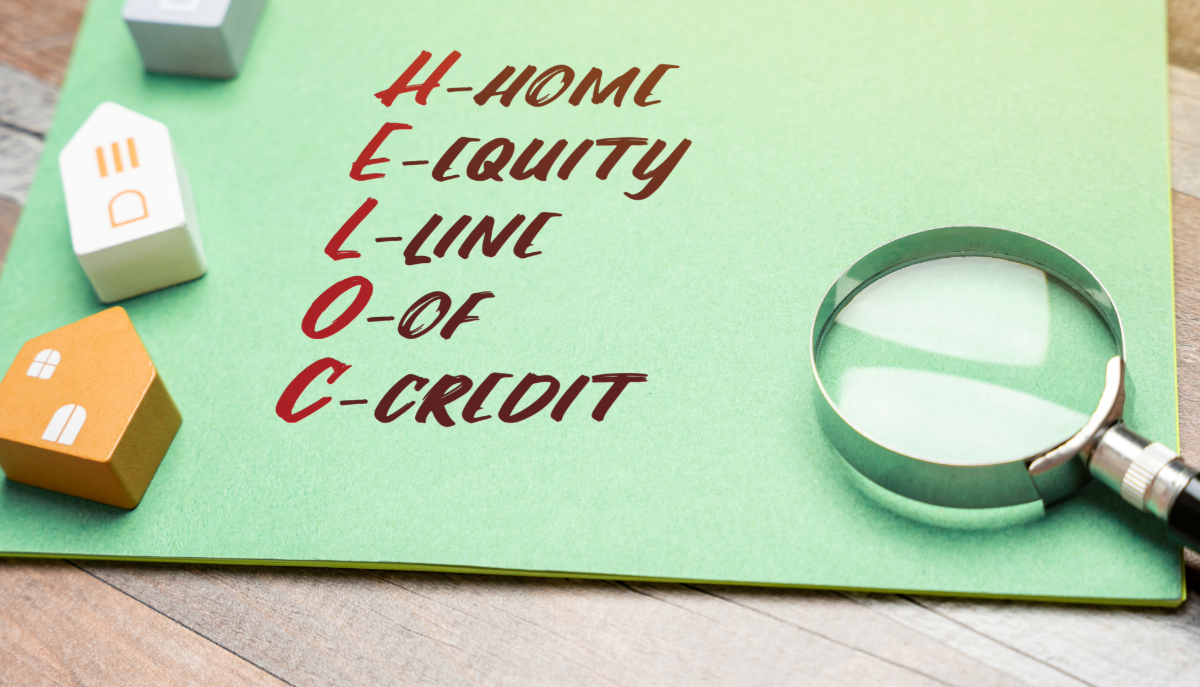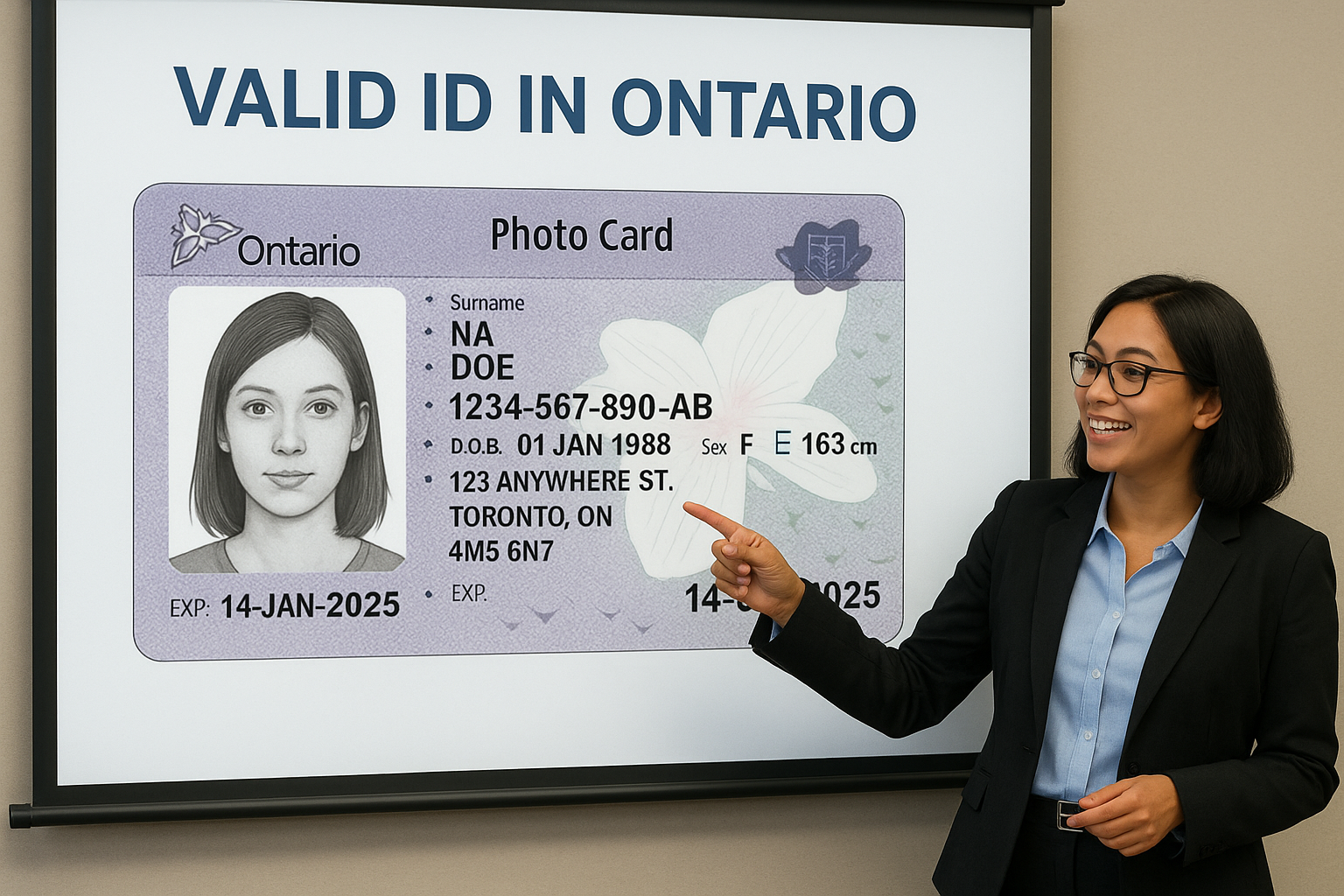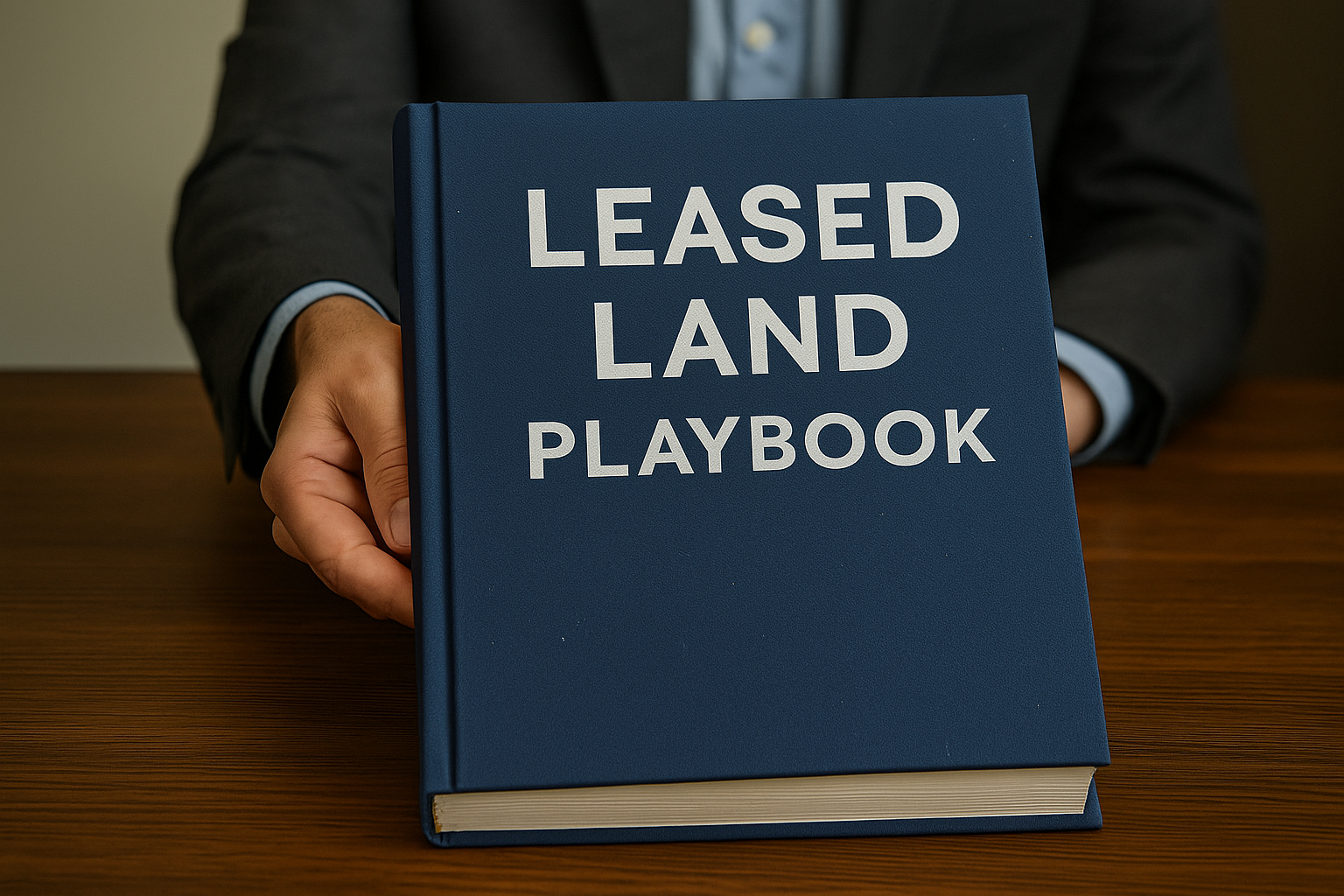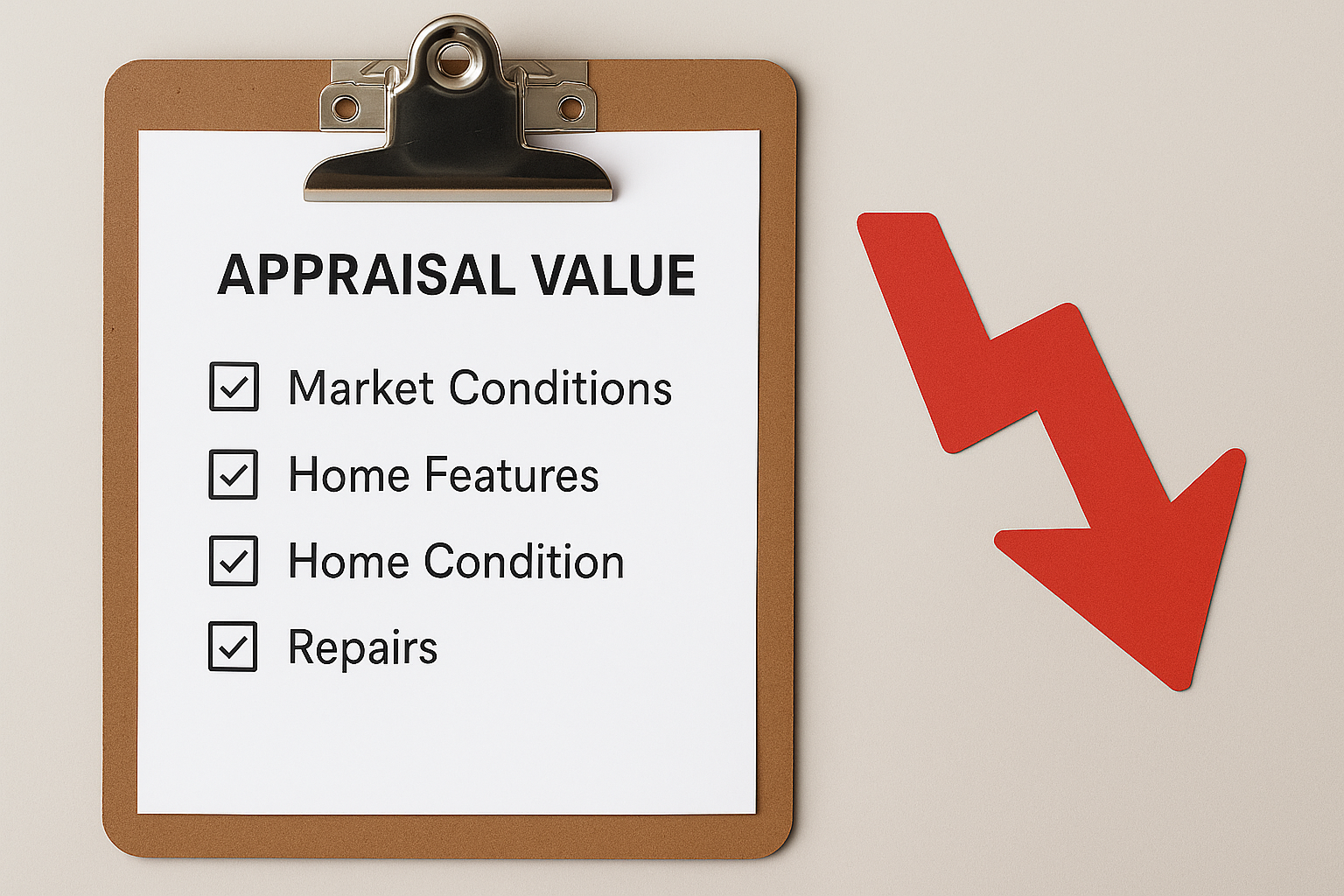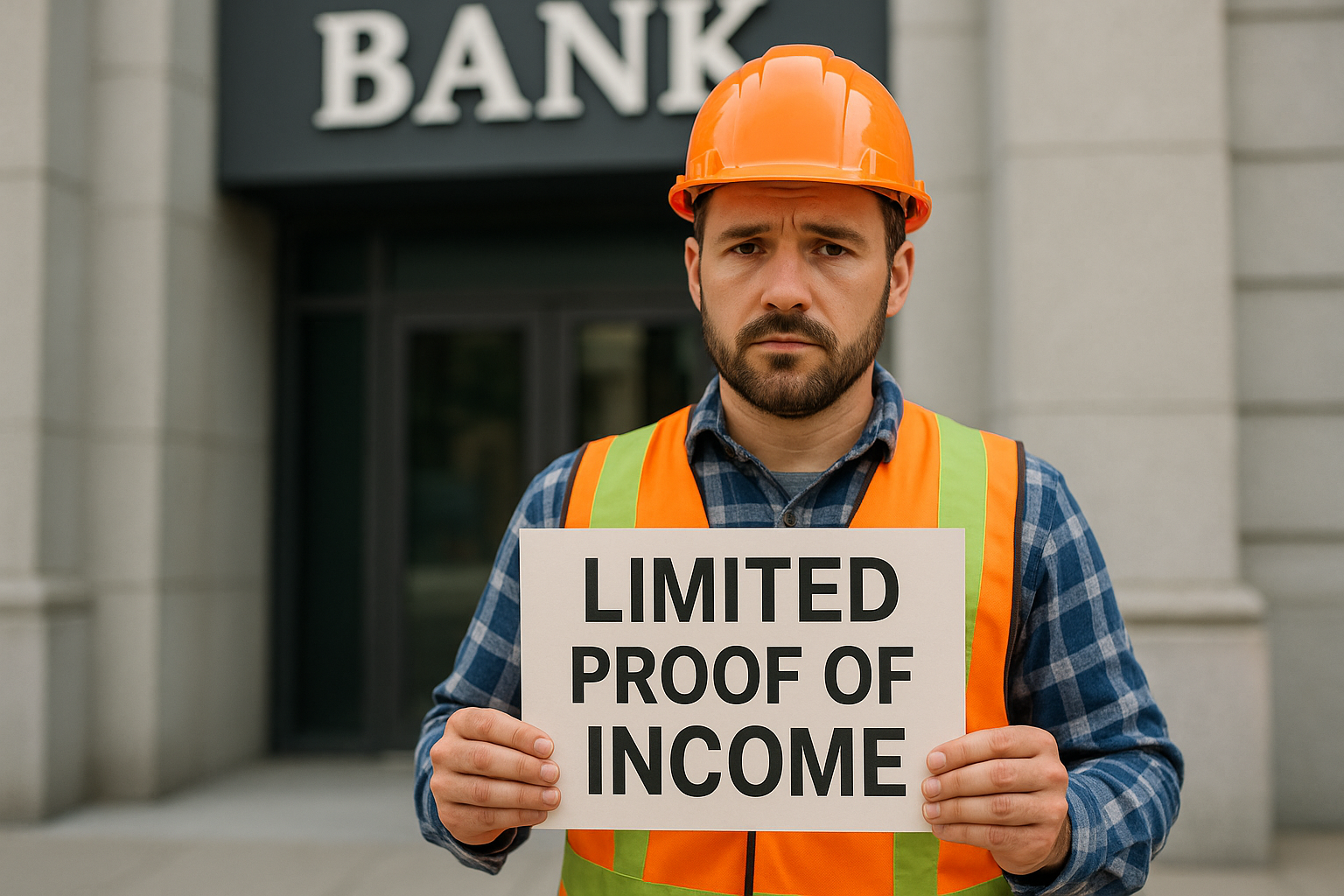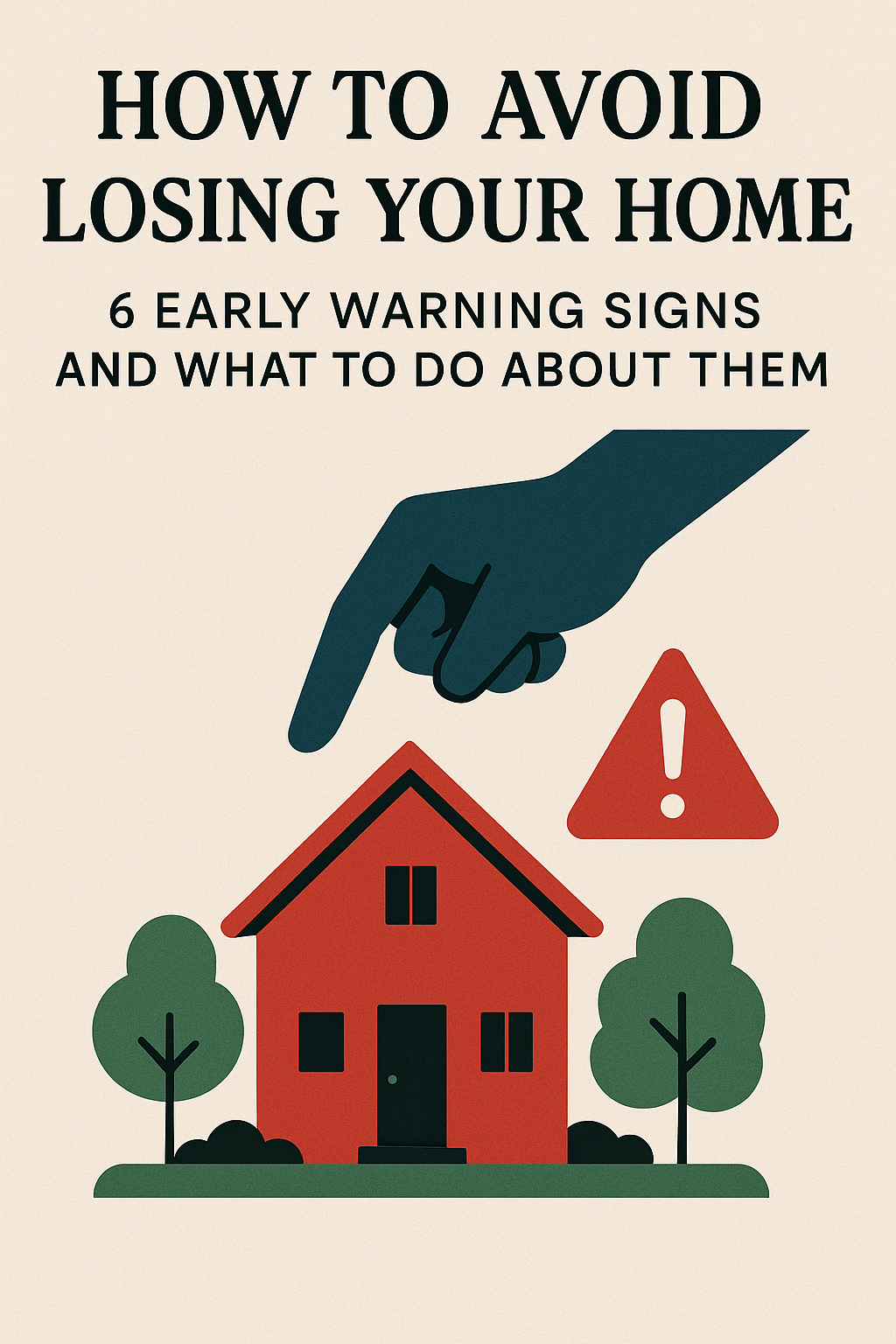For many Canadian homeowners, the idea of tapping into their home equity is appealing—especially when life throws unexpected expenses or when there’s a goal to consolidate debt, invest in home upgrades, or help a child with post-secondary tuition. But what if you’re locked into a low-interest mortgage and don’t want to refinance? Can you still get a home equity line of credit without refinancing?
The short answer: Yes, you can. Let’s explore how.
Table of Contents
ToggleWhat is a HELOC?
A home equity line of credit (HELOC) is a revolving credit product secured against your home. It allows you to borrow money up to a certain credit limit, repay it, and borrow again—much like a credit card, but typically with a much lower interest rate because your property backs it.
In Canada, HELOCs are offered by major banks, credit unions, and private lenders. They typically:
-
Allow borrowing up to 65%–80% of your home’s appraised value
-
Come with variable interest rates (currently around 7–9%)
-
Require a minimum credit score of around 650 (with exceptions from private lenders)
Can You Get a HELOC Without Refinancing?
Yes. You don’t have to break your mortgage to access a home equity line of credit without refinancing.
While many banks bundle HELOCs with a new mortgage (called a re-advanceable mortgage), some lenders offer standalone HELOCs or second-position HELOCs that sit behind your current mortgage. This means:
-
Your existing mortgage remains untouched
-
You avoid prepayment penalties
-
The HELOC is registered as a second mortgage on title
This is especially beneficial if:
-
You’re in a fixed mortgage term with a low rate
-
Your current lender doesn’t offer HELOCs
-
You don’t want to reset your mortgage amortization
Alternatives to Refinancing for Equity Access
If a HELOC without refinancing doesn’t fit your situation, there are still other options to consider.
1. Second Mortgage
A second mortgage is a lump-sum loan secured behind your existing mortgage. It’s ideal for homeowners who need access to equity but don’t qualify for a HELOC or prefer fixed repayments.
Key features:
-
Fixed interest rate (often 8–15%)
-
Lump-sum disbursement
-
Interest-only payment options
2. Re-Advanceable Mortgage
This option, known as a re-advanceable mortgage, combines a traditional mortgage and a HELOC into a single, flexible product. As you pay down your mortgage principal, the amount you can borrow through the HELOC portion automatically increases—giving you ongoing access to your home’s equity.
However, setting up a re-advanceable mortgage requires refinancing your current mortgage, which means breaking your existing loan and potentially incurring penalties. Because of this, it’s not ideal for homeowners who want to keep their current mortgage intact, especially if they’re locked into a low interest rate.
3. Home Equity Loan
Unlike a HELOC, a home equity loan provides a one-time lump-sum payout with a fixed interest rate, fixed monthly payments, and a set repayment term—often between 1 to 2 years. This option is ideal for homeowners who prefer the certainty of structured payments and a clear end date.
While similar to a second mortgage in function, home equity loans are commonly offered by alternative mortgage lenders or private lenders, especially when traditional banks decline an application due to credit challenges, income issues, or tighter qualification rules. Home equity loans are often used to tackle major expenses like debt consolidation, property taxes, or legal obligations—making them a practical solution for homeowners looking to access their equity without the unpredictability of a revolving credit line.
4. Private HELOCs
Some private lenders offer HELOCs without refinancing, even to homeowners with bruised credit or income challenges. These products come with higher fees and rates, but they offer flexibility when traditional options fall short.
Stat to Know: Canadian lenders typically allow homeowners to borrow up to 80% loan-to-value (LTV) when combining all mortgage products (first mortgage + HELOC/second mortgage).
Benefits of Getting a HELOC Without Refinancing
Choosing to open a home equity line of credit without refinancing your existing mortgage offers a number of advantages:
Avoid Penalties
If your current mortgage has a prepayment charge, refinancing could cost thousands. A standalone HELOC lets you keep your current terms.
Preserve Your Low Rate
Many homeowners locked in 2%–3% mortgage rates before interest rates rose. You don’t have to sacrifice that low rate just to access equity.
Flexible Access to Funds
You only pay interest on what you use, and you can draw on the funds when needed—ideal for ongoing expenses like renovations or tuition.
Quick Setup
Second-position HELOCs can be approved faster than a full mortgage refinance.
Limitations and Risks to Consider
While HELOCs without refinancing offer flexibility, there are some drawbacks:
⚠️ Higher Interest than First Mortgage
Standalone HELOCs often have higher rates than a traditional mortgage, especially if obtained through private lenders.
⚠️ Variable Rates
Most HELOCs have variable rates that can rise with the Bank of Canada prime rate, which could impact your monthly payments.
⚠️ Credit and Income Requirements
If you’re self-employed or have credit issues, qualifying through a traditional lender might be tough. In these cases, private options are available—but costlier.
⚠️ Your Home is on the Line
Missing payments could lead to default and possible power of sale proceedings. Always budget for repayment.
How to Qualify in Canada
Getting a home equity line of credit without refinancing is possible if you meet certain criteria:
1. Equity in Your Home
You typically need at least 20% equity, or in other words, your total mortgage debt must be less than 80% of your home’s value.
2. Credit Score
-
650+ for most bank HELOCs
-
B lenders or private lenders may accept lower, but will charge more
3. Stable Income
Lenders want to see that you can repay the credit. Employed or self-employed income must be verified.
4. Appraisal
You’ll likely need a recent home appraisal to confirm the current value.
5. Legal and Closing Fees
Just like any mortgage-related product, a lawyer is required to register the HELOC on title. Expect some legal and administrative fees.
Modern Example: Keeping the Mortgage, Accessing Equity
Robert from London, Ontario, had a fixed-rate mortgage (credit union) at 2.39% and didn’t want to break it. However, he needed $60,000 for major home upgrades.
Instead of refinancing, he applied for a second-position HELOC through a local credit union. This allowed him to keep his low-rate mortgage intact while accessing funds for renovations. The new HELOC was approved based on his home’s value, and now he only pays interest on the amount he uses.
This is a typical case where homeowners benefit from keeping their first mortgage while adding flexible access to their home’s equity.
Frequently Asked Questions
Can I get a home equity line of credit without refinancing my mortgage in Canada?
Yes. You can get a standalone or second-position HELOC that does not require breaking your existing mortgage.
Is a HELOC better than refinancing?
It depends. If you have a low fixed mortgage rate and only need access to some of your equity, a HELOC is a great option. Refinancing may make sense if you need a large lump sum and are okay with resetting your mortgage.
Can I get a HELOC with bad credit in Canada?
Yes, but it may be through B lenders or private lenders, and rates will be higher. You may also need strong equity and provable income.
What’s the difference between a second mortgage and a HELOC?
A HELOC is a revolving credit line with flexible borrowing. A second mortgage is a lump-sum loan with set repayments. Both can be second-position loans behind your main mortgage.
How much equity do I need to qualify?
Typically, lenders want the total of your mortgage and HELOC to be less than 80% of your home’s value.
Do I need to get a new appraisal?
Most lenders require an up-to-date appraisal (last 60-90 days) to confirm your home’s current market value.
Will getting a HELOC affect my existing mortgage?
No. A second-position HELOC is registered separately and does not alter the terms of your original mortgage.
Final Thoughts: Should You Get a HELOC Without Refinancing?
If you’re a homeowner in Canada sitting on equity but don’t want to refinance your mortgage, a home equity line of credit without refinancing could be the ideal solution. It offers flexibility, access to funds, and—most importantly—peace of mind that your mortgage stays intact.
Just remember to:
-
Work with a trusted mortgage professional
-
Understand your repayment ability
-
Consider both traditional and private lending options
Following these steps can set you and your family up to borrow successfully and cost effectively to avoid long-term financial despair.
- ID Requirements for a Mortgage in Ontario: What You Need to Know - July 2, 2025
- Low Appraisals: Steps Canadian Homeowners Can Take - June 27, 2025
- What Loan Does Not Require Proof of Income in Canada in 2025 - June 23, 2025
